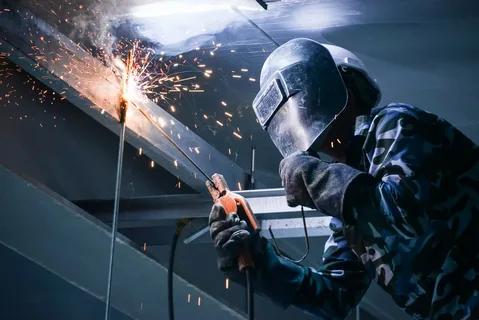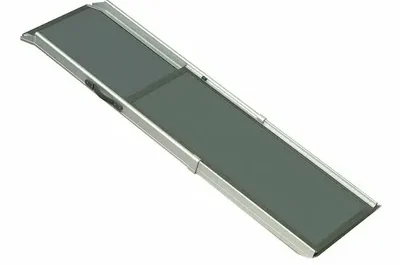Types of Welding Processes
The main types of welding processes that are commonly used are shielded metal arc welding, gas metal arc welding, gas tungsten arc welding, flux-cored arc welding and oxy-fuel welding. Each welding process requires different welding equipment to perform the welding tasks.
Shielded Metal Arc Welding (SMAW)
Shielded metal arc welding or stick welding is one of the most commonly used welding processes. For SMAW, the basic Welding Equipment needed includes a welding power source, electrode holder, electrodes and protective gear. The welding power source provides energy to create an arc between the electrode and the base metal being welded. The electrode holder is used to hold the consumable electrode, which melts during the welding process to create the weld pool. Various types and sizes of electrodes are available depending on the material and thickness being welded. Welding helmets, gloves and protective clothing should also be worn for operator safety.
Gas Metal Arc Welding (GMAW)
Gas metal arc welding, also known as MIG welding, uses a continuous wire feeding system along with a shielding gas to produce the weld. The main GMAW welding equipment includes a wire feeder, welding torch, gas regulator, gas cylinder, and power source. The wire feeder continuously supplies the welding wire from a spool. The welding torch houses the contact tip and gas nozzle. A gas regulator is used to control the flow rate of shielding gas from the gas cylinder. The power source provides voltage and current needed for the arc. Like SMAW, protective gear is essential for MIG welding.
Gas Tungsten Arc Welding (GTAW)
GTAW or TIG welding is generally considered the most versatile welding process due its ability to weld all metals including thin materials. It uses a non-consumable tungsten electrode to produce the weld. Key TIG welding gear includes a TIG torch, gas regulator and flow meter, gas cylinder, foot pedal control and TIG power source. The TIG torch has provisions for the tungsten electrode and gas nozzle. Foot pedal controls the flow of current during welding. High quality welds can be achieved on a variety of metals with proper setup and technique when using TIG welding equipment.
Flux-Cored Arc Welding (FCAW)
Flux-cored arc welding is a semi-automatic welding method that uses a continuous filler wire with fluxing materials in the wire core. It does not require an external shielding gas like GMAW or GTAW. Major FCAW equipment components are a wire drive system, welding gun and power source. FCAW can produce high deposition rates on carbon and stainless steels for various fabrication applications. While it does not need an auxiliary shielding gas, proper ventilation is important due to fumes produced from the flux core during welding.
Oxy-Fuel Welding and Cutting
Oxy-fuel welding, also known as oxyacetylene welding, is a manual process that uses fuel gas and oxygen to produce a hot open flame. It is a simple and inexpensive Welding Equipment method but has limitations compared to electric arc welding processes. Equipment needed includes oxy-fuel torches, regulators and hose connections to gas cylinders containing acetylene and oxygen. While oxy-fuel welding cannot match other processes in weld quality and metal deposition rate, it finds usage in fabricating, repairwork and as a learning tool. Cutting metals is also possible with an oxy-fuel cutting torch attachment.
Choosing The Right Welding Equipment
Selection of the right type and quality of welding equipment depends on the following factors:
– Type of welding process – whether SMAW, GMAW, GTAW, FCAW or oxy-fuel is required.
– Metal materials – carbon steel, stainless steel, aluminum etc and their thickness.
– Welding applications – whether for structural, pressure vessel or automotive fabrication.
– Welder’s skill level – for basic or sophisticated welds.
– Budget – cost of equipment and consumables should match needs.
– Safety compliance – proper ratings for welding environment.
Experienced welders and fabricators usually have different welding machines and gear sets optimized for each process and material. For occasional home users or beginners, a multipurpose MIG welder along with SMAW accessories provides good versatility at a reasonable cost. Proper selection, setup, maintenance and operator training are key for optimizing welding tasks with any equipment.
*Note:
1. Source: Coherent Market Insights, Public sources, Desk research
2. We have leveraged AI tools to mine information and compile it



